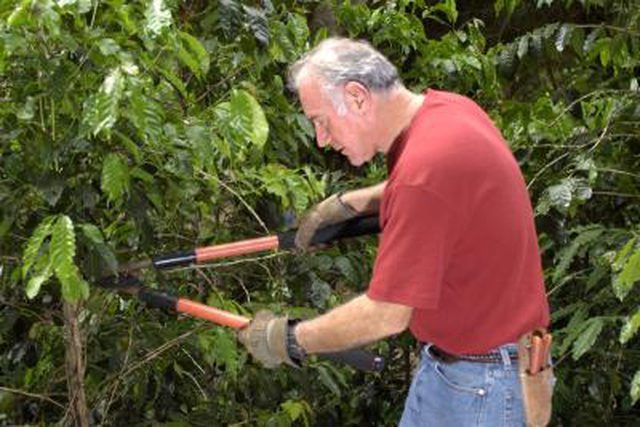Bulbs
Flower Basics
Flower Beds & Specialty Gardens
Flower Garden
Garden Furniture
Garden Gnomes
Garden Seeds
Garden Sheds
Garden Statues
Garden Tools & Supplies
Gardening Basics
Green & Organic
Groundcovers & Vines
Growing Annuals
Growing Basil
Growing Beans
Growing Berries
Growing Blueberries
Growing Cactus
Growing Corn
Growing Cotton
Growing Edibles
Growing Flowers
Growing Garlic
Growing Grapes
Growing Grass
Growing Herbs
Growing Jasmine
Growing Mint
Growing Mushrooms
Orchids
Growing Peanuts
Growing Perennials
Growing Plants
Growing Rosemary
Growing Roses
Growing Strawberries
Growing Sunflowers
Growing Thyme
Growing Tomatoes
Growing Tulips
Growing Vegetables
Herb Basics
Herb Garden
Indoor Growing
Landscaping Basics
Landscaping Patios
Landscaping Plants
Landscaping Shrubs
Landscaping Trees
Landscaping Walks & Pathways
Lawn Basics
Lawn Maintenance
Lawn Mowers
Lawn Ornaments
Lawn Planting
Lawn Tools
Outdoor Growing
Overall Landscape Planning
Pests, Weeds & Problems
Plant Basics
Rock Garden
Rose Garden
Shrubs
Soil
Specialty Gardens
Trees
Vegetable Garden
Yard Maintenance
How to Prune Shrubs and Bushes After Storm Damage
How to Prune Shrubs and Bushes After Storm Damage. Severe weather, including high winds, snow and ice, can damage shrubs and bushes, altering your carefully planned landscape. Often the damage is cosmetic only, and selective pruning and time will bring the shrub back. Immediate attention is required to resolve hazardous situations, but cosmetic...

Severe weather, including high winds, snow and ice, can damage shrubs and bushes, altering your carefully planned landscape. Often the damage is cosmetic only, and selective pruning and time will bring the shrub back. Immediate attention is required to resolve hazardous situations, but cosmetic pruning is best left until the shrub has a chance to recover.
Things You'll Need
Rubbing alcohol or sanitizing wipe
Cloth or paper towel
Hand saw
Loppers
Sharp knife
Contact your power company or a tree professional to deal with branches hanging near or over utility or power lines. This is a hazardous situation that requires the services of a trained professional.
Clean your pruning tools, wiping them down with rubbing alcohol or a sanitizing wipe between cuts.
Remove loose, broken and damaged branches immediately, cutting back to healthy wood. Make cuts just beyond the branch collar, a branch joint or leaf bud. Use loppers to remove branches with a diameter less than 1 1/2 inches and a handsaw to cut larger branches, using a 3-part cut. Saw up from below the branch first, approximately 8 to 12 inches from the branch collar, sawing until the blade binds. Make the second cut approximately 2 to 3 inches further down the branch, cutting from the top until the branch breaks or falls away. The third cut is to remove the stump. Saw completely through the branch just beyond the branch collar.
Remove loose or shredded bark from the shrub, being careful not to disturb healthy bark. Smooth the edges of dead or dying bark using a sharp knife. Pull or pry away bark that is not attached to the tree, exposing as little of the inner bark as necessary.
Inspect the shrub for dead branches. If in doubt, scratch the branch lightly with your fingernail or a knife. Live wood is green or white, dead wood is brown or black beneath the bark. Remove dead wood, making cuts beyond a node or bud and cutting back until live wood is encountered.
Watch the shrub for signs of recovery. Once new growth has appeared, evaluate the existing branches and trim or remove those that are not healthy. Resist the urge to prune the remaining branches too soon. The shrub may look unattractive, but a healthy shrub will recover. After ice or cold damage, it may take longer in the spring for new growth to appear, so be patient.
Prune away up to one third of the shrub each spring to restore it to a pleasing shape and rejuvenate it.